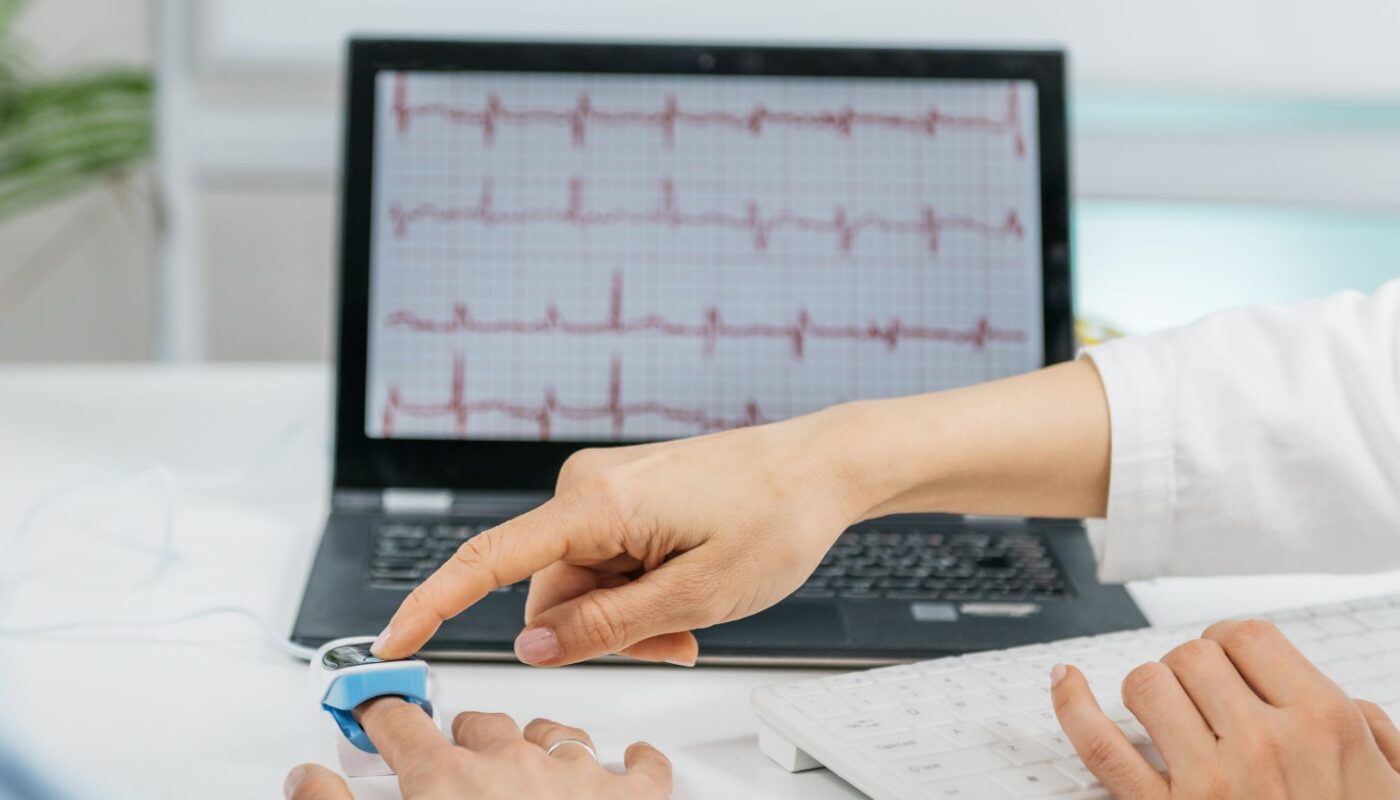Biofeedback is a technique that uses electronic devices to measure and provide feedback about various body functions such as brain activity, heart rate, breathing, muscle activity and skin temperature. The readings from these devices are then used by individuals to learn how to control their own internal bodily processes using their mind. In this article, we will discuss various types of biofeedback measurement instruments used by researchers and healthcare professionals.
Electroencephalography (EEG)
One of the most widely used biofeedback measurement tools is the electroencephalography or EEG. It involves placing electrodes on the scalp to measure electrical activity produced by the firing of neurons in the brain. The EEG device detects fluctuations in voltage and amplifies the tiny electrical charges to capture real-time brain wave patterns. The recorded EEG signals provide insights into mental states, brain disorders, sleep patterns and more.
There are different types of EEG devices ranging from basic portable models to sophisticated clinical models with higher channel counts. Portable EEG headsets with few dry electrodes are now being developed for consumer use to help with focus, relaxation and meditation using neurofeedback techniques. Clinical EEG machines are commonly used by neurologists and psychologists to diagnose epilepsy, detect brain injuries, monitor anesthesia effects and so on.
Heart Rate Variability (HRV)
Another important Biofeedback Measure is heart rate variability or HRV which refers to the time interval between heartbeats. Changes in HRV reflect the interaction between the heart and brain through the autonomic nervous system. HRV biofeedback helps individuals influence the autonomic balance and reduce stress.
HRV is usually measured through pulse sensors worn on the finger, chest strap or watch. The data is transmitted to an app or device screen displaying real-time heart rate patterns. Individuals are guided to intentionally slow down their breathing which synchronizes cardiac and respiratory activity to shift the autonomic balance towards relaxation. HRV biofeedback has proven effective for conditions like anxiety, depression, hypertension etc.
Electromyography (EMG)
Electromyography measures the electrical activity of muscles at rest and during contraction. Surface EMG sensors placed on the skin over muscles pick up tiny electrical impulses from motor nerve fibers to the muscle. This feedback allows individuals to identify and control specific muscle tension.
EMG biofeedback finds widespread use by physical therapists, chiropractors, massage practitioners and psychologists. It helps relax tight or painful muscles, improve posture, treat motor impairments and sport-related injuries. EMG sensors attached to forearm, back, shoulder and neck muscles help identify areas of hypertonicity and teach conscious muscle relaxation.
Skin Temperature
Skin temperature or skin conductance response is another important parameter tracked using biofeedback. Changes in peripheral skin temperature and sweat gland activity provide insight into an individual’s physiological and emotional state.
Thermal sensors placed on fingers allow recording fluctuations in hand temperature associated with stress, relaxation, anger, anxiety etc. With practice, individuals learn to deliberately increase peripheral temperature by invoking relaxation through controlled breathing, positive thoughts and imagery. This helps reduce fight or flight physiological arousal. Simple infrared temperature sensors find application in stress and anxiety management.
Advances in Instrumentation
Over the years, biofeedback technology has evolved significantly with miniaturization, increased portability, multi-parameter sensing and integration with mobile/wearable platforms. Research-grade clinical biofeedback systems today allow simultaneous recording of EEG, EMG, ECG, respiration, skin conductance and more.
Consumer-grade wearables and apps now offer affordable multi-channel biofeedback for relaxation, sleep, exercise and meditation. Dry, comfortable electrode designs and improved wireless data transmission have boosted adoption. Integration of biofeedback in virtual reality experiences further enhances training experience.
In summary, biofeedback instrumentation plays a crucial role in self-regulation training by providing objective physiological feedback to individuals. Advances in biosensors, data analytics and user interfaces are expanding applications of biofeedback in healthcare, performance enhancement and everyday wellness. Going forward, sophisticated brain-computer interfaces may revolutionize our understanding of mind-body interactions and accelerate positive behavior change through real-time physiological feedback.


